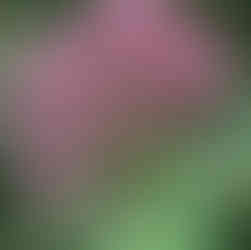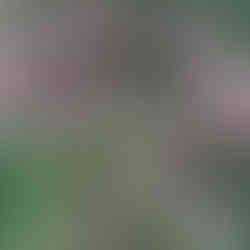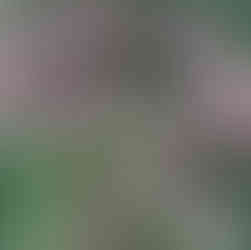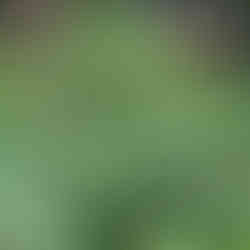Joe Pye Weed
- Nuts for Natives
- Sep 12, 2019
- 3 min read
Updated: Jul 12, 2020
Joe Pye Weed is a plant in need of a rebranding! This perennial has a totally unfortunate name but many positive attributes. It blooms in late August and September – always a good thing. It’s easy to grow as long as it gets a couple of hours of sun a day. It’s a pollinator magnet. Check out this post from the Humane Gardener on Instagram… can you believe it?!
A post shared by Nancy Lawson (@humanegardener) on Aug 9, 2019 at 5:07pm PDT
Joe Pye Weed (Eutrochium purpureum) works well wherever you might use sedum ‘Autumn Joy.’ Sedum ‘Autumn joy’ is a nice perennial too.

Top: Joe Pye Weed Bottom: Sedum ‘Autumn Joy’
It’s not known to be invasive. It emerges in early summer a very cool minty green color and then continues to morph through summer to the deeper pink blooms. You can propagate it by cutting off a piece, stick it in the ground and with a bit of water, the new piece will grow roots. Pollinators also enjoy it. So why would joe pye weed be an even better choice?
This is the whole enchilada with native plants. Our native insects, pollinators, birds and animals in the Chesapeake watershed all have different needs throughout their lives from the larval through the adult stage. Adult insects will often lay eggs on a specific plant because young larva can only survive by eating that exact plant. Or a certain bird will need to find a specific seed to feed its young at a particular time. Native plants fill specific niches. An ornamental perennial may provide food to a bee or butterfly at some point, but as a plant native to Europe or Asia, it will not provide everything our native insects, pollinators, birds and animals need throughout their life cycle.
Native plants are the only plants that can do that. So, maybe add a joe pye weed this weekend?
There are several types. The straight species of Joe pye weed (Eutrochium purpureum) is a giant, growing to 7 or 8 feet tall. This is perfect if you have a huge perennial bed in a large garden. It’s an excellent back of the border plant. If you don’t have that kind of space, though, Little joe pye weed (Eutrochium dubnium ‘Little Joe’) is for you. It’s compact, growing to 3 to 4 feet high and wide. These also make nice cut flowers.
More Info:
A nice array of photos of Joe Pye weed from the Lady Bird Johnson Wildflower Center.



























Comments